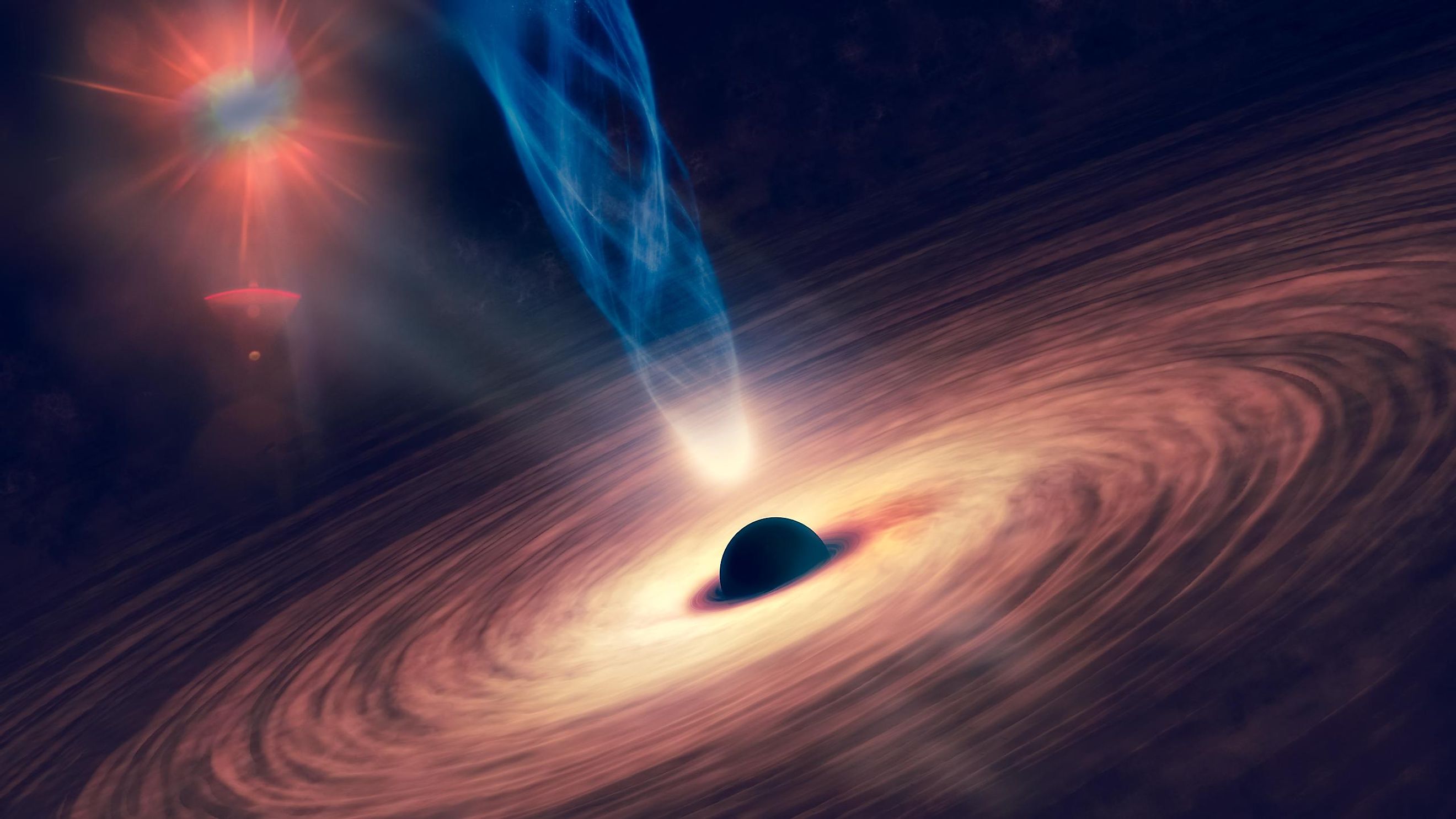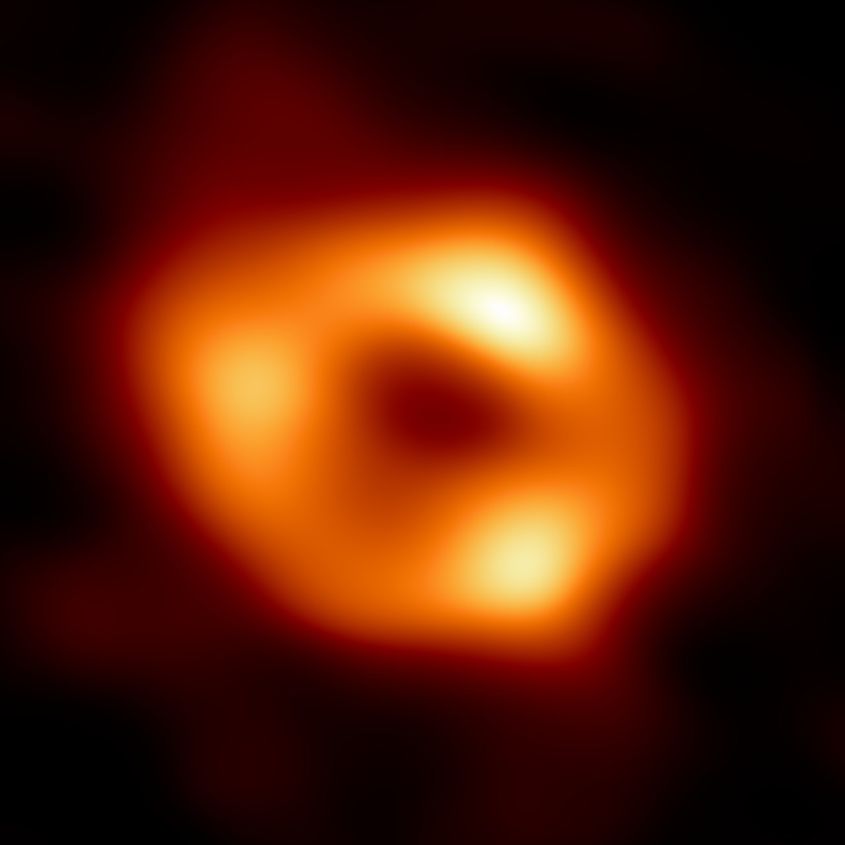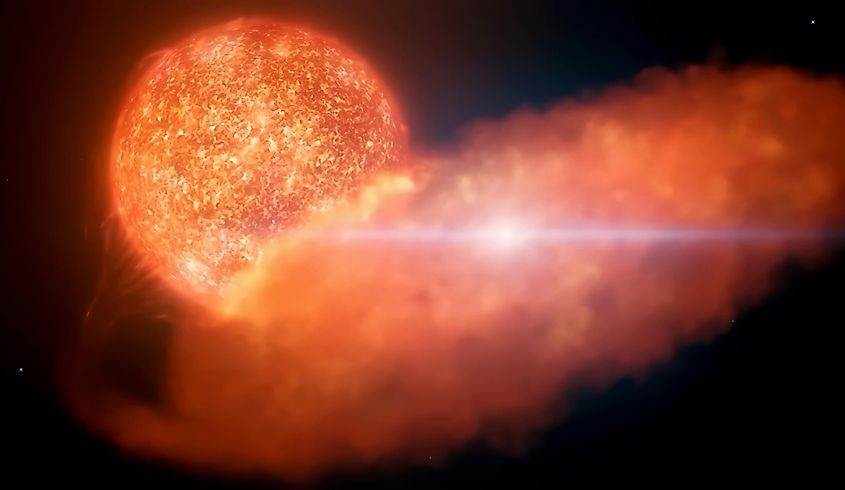
Scientists Discover Closest Black Hole
Scientists have recently uncovered a black hole that breaks the record for being the closest known black hole to our solar system. Called Gaia BH1, it is located 1,560-light years away, which is about twice as close as the previous record.
Stellar Mass Black Hole

Gaia BH1 is not a very large or massive black hole. Rather, it belongs to a class of black holes known as stellar mass black holes. These types of black holes form directly from the gravitational collapse of high mass stars, and they tend to have masses that range from 5 to over 10 times that of the sun. In the case of Gaia BH1, it has a mass of about 10 suns. Stellar mass black holes are also the most common type of black hole, and scientists estimate that our galaxy alone is home to around 100-million of them. Despite their abundance, they can be difficult to detect. Most observations rely on indirect forms of detection, such as how the gravity of a black hole influences nearby objects, or through the emission of X-rays. Black holes do not emit any light, and so they are nearly impossible to detect with just telescopes. Because of this, scientists are only able to detect black holes that have a companion star. If a black hole happens to be absorbing material from a nearby star, it will release high amounts of X-ray radiation, which can be detected by telescopes here on Earth. Furthermore, the gravitational pull of a black hole will have a noticeable impact on any nearby stars, and so astronomers can infer their existence based on how some stars move through space.
Discovery

Gaia BH1 is a unique black hole in that it is orbited by a sun-like star. Interestingly, Gaia BH1 is not actively absorbing material from its stellar companion, and so the system does not emit any X-ray radiation. These types of black holes are extremely difficult to detect, and so astronomers gathered data from multiple sources to prove its existence. To discover this particular black hole, astronomers used the Gaia Spacecraft, a telescope whose goal is to map the positions and speeds of over 2-billion stars in our galaxy. One such star showed noticeable irregularities in its motion, suggesting that something massive is pulling on it. By knowing the motion and speed of the star, astronomers predicted the mass of the other object, which turned out to be 10 times the mass of the sun. The companion star is similar in mass to the sun, and so the other massive object is significantly more massive than the star. If this object was simply another star, it would be brighter than its companion and easily detectable. However, observations could see nothing, suggesting that a black hole is the true culprit. Since this black hole is located 1,560-light years away, it is now the closest known black hole.











